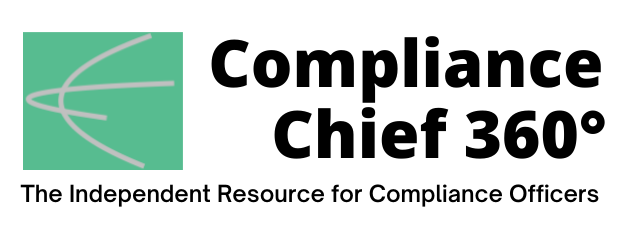
The SEC had reopened its comment period in June concerning the proposed clawback rule, which the SEC initially proposed in 2015 to implement Section 954 of the Dodd-Frank Act. On Oct. 26, the SEC approved the final rule, with a divided 3 to 2 vote.
“I believe that these rules will strengthen the transparency and quality of corporate financial statements, investor confidence in those statements, and the accountability of corporate executives to investors,” said SEC Chair Gary Gensler.
The final rule, which takes effect 60 days after publication in the Federal Register, requires U.S. securities exchanges to adopt listing standards requiring public companies to “develop and implement” policies that provide broadly for the recovery of “incentive-based compensation” received by current and former executive officers that was “erroneously awarded during the three years preceding the date such a restatement was required,” according to an SEC Fact Sheet.
The SEC defines “recoverable amount” in the Fact Sheet as “the amount of incentive-based compensation received in excess of the amount that otherwise would have been received had it been determined based on the restated financial measure.” The final rule also broadly requires public companies to claw back compensation based on stock price and total shareholder return.
The SEC indicated in the final rules that most companies’ compensation policies are not in compliance. Specifically, citing findings from several studies, the SEC said in its final rule that most companies “disclose having recovery policies that require compensation recovery from a narrower range of individuals than a recovery policy that would comply with the final rule requirements.”
Broad Scope
The SEC further stressed that the final rule would be triggered “regardless of issuer or executive misconduct or the role of the executive officer in preparing the financial statements.” That means an executive officer can have their compensation clawed back whether or not they engaged in the underlying securities law violation itself.
Speaking on a Sept. 9 panel at SEC Speaks, Sam Waldon, chief counsel of the SEC’s Division of Enforcement, cited as recent examples the SEC’s settlements with Granite Construction and Synchronoss Technologies, in which the CEOs of each company agreed to reimburse their respective companies more than $1 million each in bonuses and stock sale profits due to financial reporting fraud, even though they themselves were not charged with misconduct.
The final rule also extends beyond the requirements of the 2015 proposed rule, which would have triggered a claw back only in the event a material noncompliance resulted from an error that was “material to previously issued financial statements” (so-called “Big R” restatements).
Comparatively, the final rule explicitly also triggers clawbacks based on so-called “little r” restatements, where material noncompliance “results from an error that is material to the current period financial statements if left uncorrected or if the correction were recorded only in the current period,” the final rule states.
The final rule further establishes new reporting and disclosure obligations, requiring companies to disclose their compensation recovery policies, including providing the information in tagged data format. Companies that fail to develop and implement claw back policies in line with the SEC’s requirements could be delisted, the SEC said in the Fact Sheet.
Commissioner Peirce Dissents
In a dissenting statement, SEC Commissioner Hester Peirce said she opposed the final rule for it being too broad in several respects. Specifically, she argued the final rule should not have applies to “little r” restatements; that the final rule applies to too many employees, and that the scope of listed issuers and incentive-based compensation is too broad as well.
Commissioner Peirce added that the final rule’s “prescriptive” language may be more harmful to shareholders than intended. “Had we built flexibility into the rule, listing exchanges and companies could have developed sensible approaches to achieving the laudable goal of clawing back compensation paid on the basis of subsequently restated financial metrics,” Commissioner Peirce said. “The adopting release, however, fails to permit listing exchanges to craft workable listing standards and enforce them in a common-sense manner.”
“Likewise, the final rule does not permit company boards, guided by their fiduciary duty, to determine when clawing back compensation makes sense,” Commissioner Peirce added. “Such an approach would have served shareholders by ensuring that companies claw back erroneously awarded compensation when doing so yields a net benefit to shareholders.” ![]()
Jaclyn Jaeger is a contributing editor at Compliance Chief 360° and a freelance business writer based in Manchester, New Hampshire.

